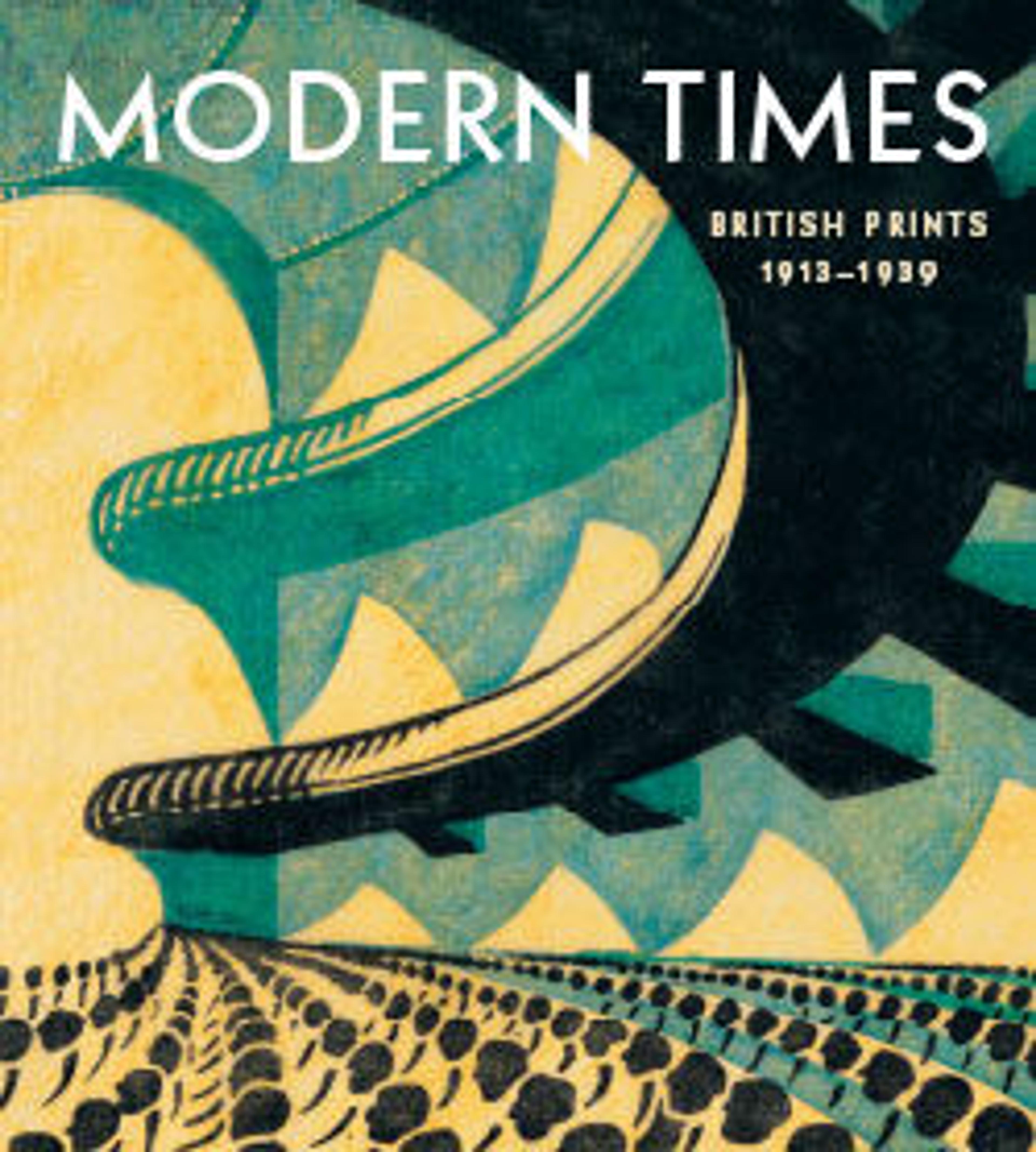The New Cable
In this linocut, a small group of men strain to maneuver a giant cable and the massive drum around which it is coiled. The jagged rows of teeth indicating layers of cable recall mechanized elements seen in earlier depictions of industrialization, yet Andrews’s image signifies more than technological and industrial power. The men’s contorted bodies laud the human toil, raw physicality, and teamwork that underpinned manufacturing as well as telegraphy, telephony, and other systems that marked the new age. With their angular forms, blank faces, and green-and-brown uniforms, these anonymous figures resemble interchangeable machine products. Made during a global depression when British unemployment soared, The New Cable depicts the connectivity, labor, and frequently overlooked, unglamorous actions that were essential to modern life.
Artwork Details
- Title:The New Cable
- Artist:Sybil Andrews (Canadian (born England), Bury St. Edmunds, Suffolk 1898–1992 Victoria, British Columbia)
- Date:1931
- Medium:Color linocut on Japanese paper
- Dimensions:Sheet: 13 3/4 × 18 1/2 in. (34.9 × 47 cm)
Image: 12 5/16 × 16 3/4 in. (31.2 × 42.6 cm) - Classification:Prints
- Credit Line:Purchase, Leslie and Johanna Garfield Gift, Lila Acheson Wallace, Charles and Jessie Price, and David T Schiff Gifts, The Elisha Whittelsey Collection, The Elisha Whittelsey Fund, Dolores Valvidia Hurlburt Bequest, PECO Foundation and Friends of Drawings and Prints Gifts, and funds from various donors, 2019
- Object Number:2019.592.322
- Curatorial Department: Drawings and Prints
More Artwork
Research Resources
The Met provides unparalleled resources for research and welcomes an international community of students and scholars. The Met's Open Access API is where creators and researchers can connect to the The Met collection. Open Access data and public domain images are available for unrestricted commercial and noncommercial use without permission or fee.
To request images under copyright and other restrictions, please use this Image Request form.
Feedback
We continue to research and examine historical and cultural context for objects in The Met collection. If you have comments or questions about this object record, please contact us using the form below. The Museum looks forward to receiving your comments.
